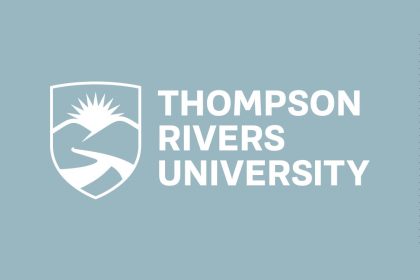The focus of many open educational resource (OER) projects is to provide access to education at low or no cost. If the materials are not accessible for each and every student, they do not fulfill the mandate to deliver fully open educational resources.
This blog post outlines a number of resources that will help ensure your resource will be accessible for all students, including students with disabilities.
Excerpt from the Getting Started: OER Publishing at BCcampus by the OER Production Team
Accessibility Requirements
You should be familiar with the accessibility requirements before you start working on your resource and check back as needed. These are the minimum accessibility requirements that we aim to achieve for all open resources that we publish.
These requirements apply regardless of what platform you are working in. If you are working in Pressbooks, see the Accessibility section in the BCcampus Open Education Publishing Style Guide for technical instructions about how to achieve all of these things in Pressbooks
Document Accessibility: PowerPoint, Microsoft Word, PDF
If you are creating content in a platform other than Pressbooks, you should familiarize yourself with how to make content in that platform accessible. Here are some resources:
- Office 365 products (Word, PowerPoint, Excel).
- Make your Word documents accessible to people with disabilities or Microsoft Word Accessibility [PDF]
- Make your PowerPoint presentation accessible to people with disabilities or watch Inclusive Design Webinar Series: Presentations
- Make your Excel documents accessible to people with disabilities
- Note that all Office 365 products include built-in accessibility checkers.
- PDF files
- PDF Accessibility Overview
- PDFs are generally created in other platforms. The more attention you pay to accessibility in the original platform (i.e., Microsoft Word), the more accessible your PDF will be.
Tools for Accessibility Testing
- WAVE Browser Extension: With a click of a button, the WAVE plugin will assess a webpage for text colour contrast, identify what images do and don’t have alt text, give you an overview of the heading structure, identify links to PDFs, and assess table markup. This tool can be used to assess Pressbooks webbook chapters.
- Contrast Checker: This tool is helpful for finding accessible colour combinations and checking colour combinations for accessibility. You can also upload pictures and it pull pull the covers from the picture to check. Colour combinations must meet Level AA (ratio 4.5:1 for regular text).
- NVDA: An open source screen reader available for Windows computers. Also MathPlayer will allow an NVDA screen reader to correctly verbalize LaTeX equations rendered with MathML.
Universal Design for Learning
Universal Design for Learning (UDL) is a framework that encourages designing teaching and learning environments and materials in ways that give students flexibility, choice, and support. UDL has three principles:
- Provide multiple means of engagement. This is the why of learning. It looks at designing learning experiences that provide options to motivate students to learn.
- Provide multiple means of representation. This is the what of learning. It looks at how the content is being presented to students and aims to create content that gives students options in how they engage with that content.
- Provide multiple means of action and expression. This is the how of learning. It looks at the options students have for demonstrating and managing their knowledge and learning.
More Information about UDL
If you want to dig into Universal Design for Learning in more detail, here are some places to start:
